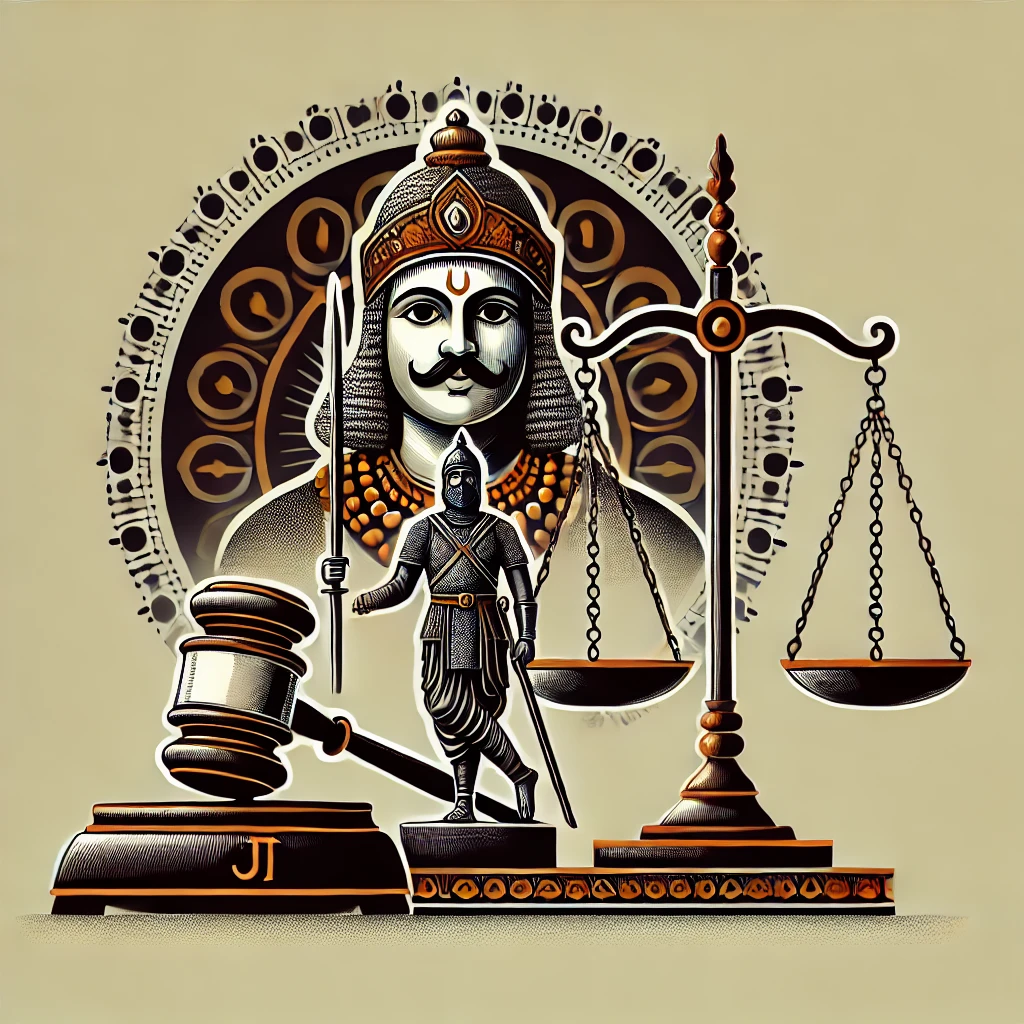Judgment Reviews Law at Iran
Iran's judicial system is a complex amalgamation of Islamic law (Sharia), civil law, and political oversight, resulting in a legal framework that is both unique and often criticized for its lack of transparency and fairness.
🏛️ Structure of the Iranian Judiciary
The judiciary is constitutionally mandated to be an independent branch of government, responsible for investigating and passing judgment on grievances, supervising the proper enforcement of laws, uncovering crimes, and prosecuting criminals . The Head of the Judiciary, appointed by the Supreme Leader, oversees the judicial system and is responsible for establishing its organizational structure, drafting judiciary bills, and managing judges
The Supreme Court of Iran serves as the highest judicial authority, overseeing the correct implementation of laws by courts of justice. It has the authority to issue "votes of judicial precedent," which enjoy the status of law, and can hear complaints about lower courts' decisions
⚖️ Judicial Review and Appeal Process
Iran's judicial system operates on a two-step appeal process, where most cases are subject to at least two levels of adjudication. The Supreme Court's role is primarily to ensure compliance with the law, rather than to reassess the facts of a case. It can annul lower court decisions and remand cases for further investigation or retrial
⚠️ Human Rights Concerns
Iran's legal system has faced significant criticism for human rights abuses. High-profile cases, such as that of Zeinab Sekaanvand, a young woman executed after enduring abuse and a coerced confession, highlight systemic issues within the judiciary
Recent legislation has further exacerbated concerns, with new morality laws imposing severe penalties on women for defying compulsory dress codes, including potential death sentences under charges like "corruption on Earth." These laws have been condemned for violating constitutional freedoms and promoting gender repression
Additionally, the Iranian government has increased electronic surveillance of women to enforce headscarf laws, utilizing drones, facial recognition software, and public reporting apps. This crackdown has led to numerous arrests and heightened fears among women's rights activists
🔍 Conclusion
Iran's judicial system is characterized by its integration of Islamic principles with civil law, under the oversight of political authorities. While it provides mechanisms for legal recourse, these processes are often criticized for lacking transparency and fairness, particularly concerning human rights and gender equality. The intertwining of legal, religious, and political elements continues to shape the legal landscape in Iran.






























0 comments